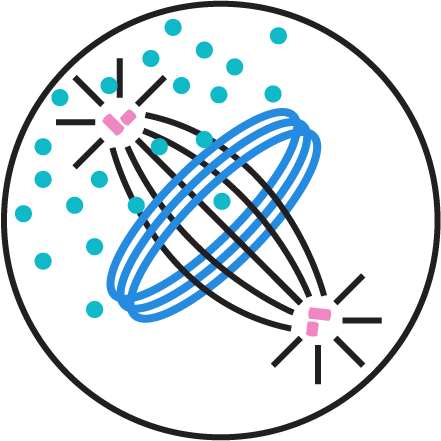The newest publication of the lab is out this month in PLoS Computational Biology! Michael Kuhn, first author, is a joint postdoc of the Hyman lab and the Beyer Lab at the BIOTEC (which has now moved to the University of Cologne).
Abstract: Repurposing existing proteins for new cellular functions is recognized as a main mechanism of evolutionary innovation, but its role in organelle evolution is unclear. Here, we explore the mechanisms that led to the evolution of the centrosome, an ancestral eukaryotic organelle that expanded its functional repertoire through the course of evolution. We developed a refined sequence alignment technique that is more sensitive to coiled coil proteins, which are abundant in the centrosome. For proteins with high coiled-coil content, our algorithm identified 17% more reciprocal best hits than BLAST. Analyzing 108 eukaryotic genomes, we traced the evolutionary history of centrosome proteins. In order to assess how these proteins formed the centrosome and adopted new functions, we computationally emulated evolution by iteratively removing the most recently evolved proteins from the centrosomal protein interaction network. Coiled-coil proteins that first appeared in the animal-fungi ancestor act as scaffolds and recruit ancestral eukaryotic proteins such as kinases and phosphatases to the centrosome. This process created a signaling hub that is crucial for multicellular development. Our results demonstrate how ancient proteins can be co-opted to different cellular localizations, thereby becoming involved in novel functions
